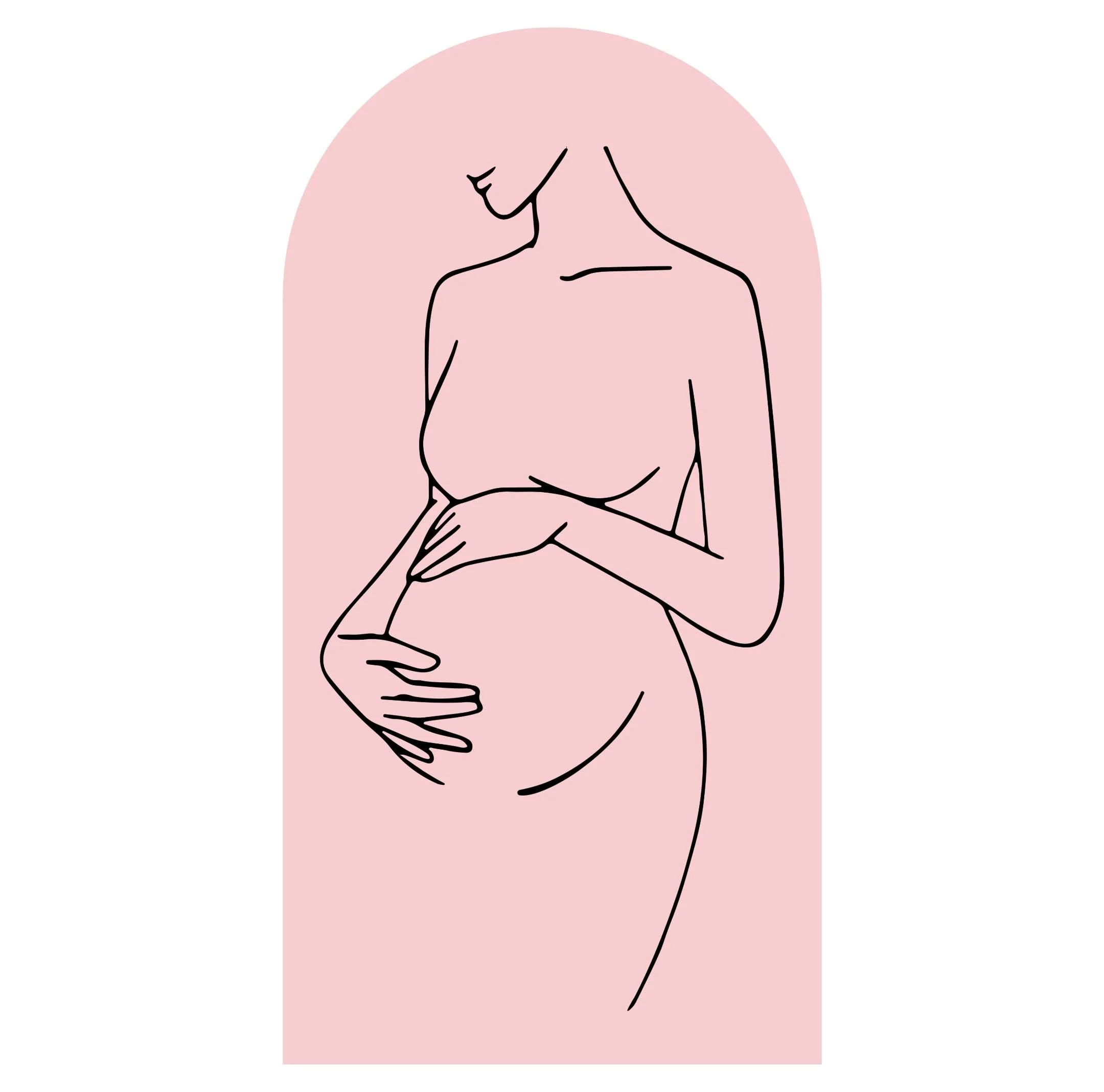Two years ago, life threw us a curveball that sent us on an emotional rollercoaster. Just shy of a year after welcoming our daughter, Lily, I found out I was pregnant again. We had barely wrapped our heads around having two little ones under two when I visited my OB in early July for a confirmation ultrasound. She suspected I might be further along, so she scheduled an ultrasound for the very next day.
At that moment, my husband Jake was out of town for work. When I called him to share the news about the unexpected ultrasound, he offered to cut his trip short. However, after chatting, we both agreed it was unnecessary. My friend was coming to babysit Lily, and this was just a routine check-up. Jake had just started a new job, so I told him to stay put. Off I went, solo.
“Are you ready for this, sweetheart?” the ultrasound technician asked as I lay there, feeling vulnerable.
“Why? Is something wrong?” My heart sank. “Please tell me there’s a heartbeat.”
With a nod toward the screen, she said, “I see two.”
“Wait, two what?” And then I saw it—two heartbeats, two sacs, two babies.
The rest of my appointment felt like a blur of medical jargon and information about twin pregnancies. I discovered I was carrying fraternal twins, each with its own placenta. I rushed to text Jake, urging him to call me immediately.
His response: “I will. Is everything okay?”
Mine: “You tell me…”
After getting home, I burst into tears with my best friend, who was watching our trio of little ones. Just as she had assured me that two under two was doable, now we were facing the prospect of three under two. How would we manage it all?
As the days passed, we shared the news with family and friends, who were overwhelmingly supportive, bursting with ideas on how to help. Slowly, we began to wrap our minds around the idea. Yes, it was still mind-boggling, but we started forming a plan.
Then, the day before Lily’s first birthday, I woke up to find myself bleeding. I had been warned that bleeding could be common in twin pregnancies, but the midwife insisted I come in right away for a check-up. Jake was home this time, but Lily was napping. We had to decide quickly whether to wake her or let me go alone. There wasn’t time to find a sitter. Once more, I was on my own with the technician and the ultrasound probe. This time, I returned home feeling entirely different—now I was only carrying one living baby.
The doctors were compassionate, explaining that such losses are common in twin pregnancies. Many begin with two but do not end that way. They assured me there was no reason I couldn’t carry Baby A to term. But how was I supposed to process this?
I felt sadness over the loss but still left the office very much pregnant. It was a confusing mix of emotions that still lingers. I often think of my lost twin, whom I named Logan. What kind of personality would Logan have had? Would he have been as adventurous as Lily? Would he have calmed her down? How would our family dynamics have shifted?
Logan’s memory is woven into my recollections of that pregnancy. Every ultrasound featured Baby B, who was measured until they were no more. After my first miscarriage, the emptiness was palpable. But losing Baby B felt different; I still felt connected to that baby, who remained part of my pregnancy, part of me, and part of Lily’s story.
There weren’t many resources for my situation. I knew people who had lost twins but not at this stage of pregnancy. When I shared my experience in an online group, I connected with another woman who had gone through something similar. Her twin pregnancy also ended at the end of the first trimester, and though she went on to have twins later, she confirmed that the feelings of twin loss don’t simply vanish.
We plan to share Logan’s story with Lily when she’s older. It’s a part of who she is—a missing piece of her identity. We’re grateful for our family of four, and while we’re not rushing to add another baby just because we once envisioned a family of five, the memory of Logan is something I carry with me.
Two years down the line, I still feel that loss, and I suspect I always will. If you’re navigating similar feelings, resources like WomensHealth.gov offer valuable insights on pregnancy and loss, and if you’d like to read more about home insemination, check out our guide on intracervical insemination. For those interested in exploring options, Make a Mom is a reputable source on artificial insemination kits.
Summary
Life can be unpredictable, especially when it comes to pregnancy. The journey of expecting twins turned into a heartbreaking loss for one family. Through the ups and downs, the importance of recognizing that experience as part of their story remains. As they navigate their family dynamics and memories of a lost twin, they find strength in sharing their story and seeking support.
